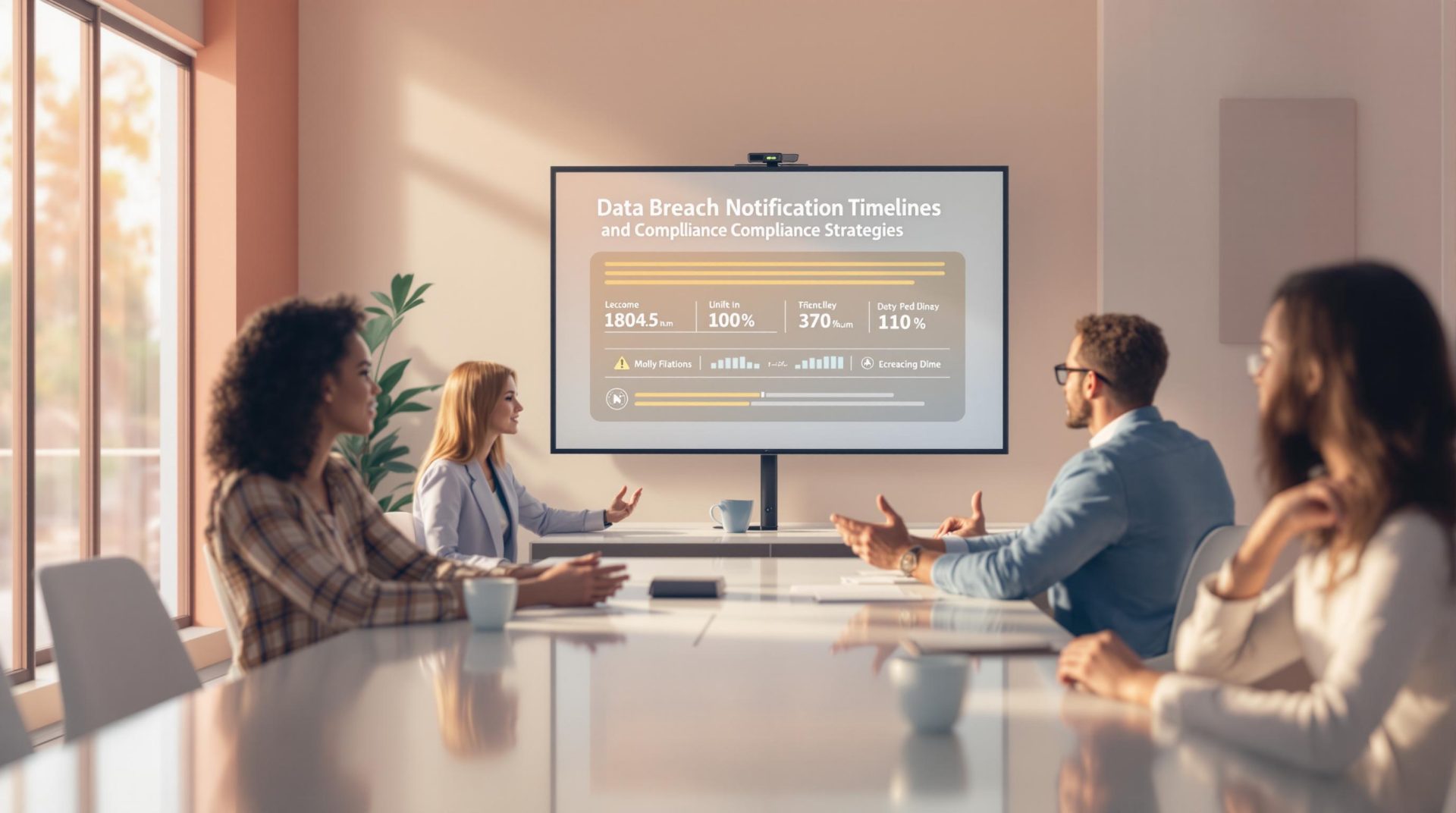Managing data breaches in LATAM requires quick action and clear compliance with local laws. Here’s a snapshot of what businesses must focus on:
- Notification Timelines: Notify authorities within 48–72 hours and individuals within 5–7 business days.
- Third-Party Breaches: Data controllers are responsible for breaches involving vendors and must ensure contracts include strict security measures.
- Country-Specific Rules: Each country has unique requirements – Brazil, Mexico, Argentina, Colombia, and Uruguay differ in reporting timelines and documentation.
- Key Compliance Steps:
- Assess vendor security.
- Create tailored breach response plans.
- Maintain thorough records for 2–5 years.
- Train staff on LATAM-specific rules.
Quick Tip: Always align your incident response plans with local laws to avoid penalties and protect sensitive data.
For more details on third-party risks, reporting rules, and country-specific guidelines, keep reading.
Data protection in Latin America
LATAM Data Breach Rules Overview
LATAM countries have established their own data breach frameworks, combining shared principles with region-specific requirements. For businesses operating in multiple jurisdictions, understanding these rules is essential.
Common Data Privacy Rules
Data breach notification rules across LATAM tend to focus on three main areas:
| Requirement | Description | Common Timeframe |
|---|---|---|
| Authority Notification | Notify the data protection authority | 48–72 hours |
| Individual Notification | Inform affected individuals | 5–7 business days |
| Documentation | Keep records of incidents | Minimum 2–5 years |
In general, most LATAM countries require organizations to report breaches that could pose risks to personal data. Shared components of these frameworks include:
- Reporting unauthorized access to sensitive data
- Documenting steps taken to contain breaches
- Conducting regular security reviews and updates
- Assigning an incident response team
- Establishing clear communication channels with authorities
These common elements form the foundation for handling breaches, including those involving third-party vendors.
Third-Party Rules and Enforcement
Data controllers are primarily responsible for breaches, even when they involve third-party processors. The enforcement framework emphasizes:
- Shared Responsibility: Both data controllers and processors are accountable for preventing and reporting breaches.
- Mandatory Contracts: Vendor agreements must include specific security requirements.
- Cross-Border Rules: Additional regulations apply to international data transfers.
To manage third-party risks effectively, organizations should implement these practices:
1. Vendor Assessment
Before working with vendors, perform detailed security reviews. Evaluate their breach response capabilities and compliance track record.
2. Integrated Incident Response
Develop breach response plans that align with local laws and ensure smooth communication between all involved parties during an incident.
3. Comprehensive Documentation
Maintain detailed records, including:
- Security measures used by third parties
- Breach notification protocols
- Contact information for response teams
- Regulatory reporting obligations
Keeping up with these requirements is essential for compliance and safeguarding sensitive data.
Country-Specific Requirements
Notification Requirements
Notification rules differ throughout LATAM, as each country sets its own criteria for reporting data breaches. For example, Brazil’s LGPD requires reporting breaches that could pose serious risks based on the sensitivity of the data involved. In Mexico, notifications are necessary for breaches involving sensitive personal information, especially financial or health-related data.
Reporting Timeframes
Each country also has its own deadlines for notifying data protection authorities – and sometimes the individuals affected. Businesses operating in these regions need to ensure their breach response plans comply with local timelines and documentation standards.
These differences reflect broader regional patterns:
Rules by Country
- Brazil: Reports must be submitted in Portuguese, and failure to comply can result in penalties.
- Mexico: Focuses on assessing breach impacts and providing detailed documentation.
- Argentina: Requires fast notification to authorities, evidence preservation, and structured remediation plans.
- Colombia: Demands quick reporting, including technical analyses.
- Uruguay: Prioritizes cross-border breaches and clear protocols for handling them.
For companies operating across multiple LATAM countries, it’s crucial to create breach response plans that meet the specific needs of each jurisdiction while maintaining consistent and effective incident management practices.
sbb-itb-a3fbb4e
Third-Party Breach Management
Managing third-party data breaches in LATAM requires clear communication, strict controls, and adherence to compliance protocols based on the region’s data protection rules.
Third-Party Reporting Rules
When a third-party breach occurs, it must be reported to the primary data controller immediately, following the timelines set in the contract. The data controller is then responsible for notifying the appropriate regulatory authorities as required by local laws.
Key steps for reporting include:
- Informing the data controller as soon as a breach is identified.
- Preserving evidence and maintaining detailed investigation records.
- Providing regular updates throughout the incident response process.
Third-Party Risk Controls
Reduce the risk of third-party breaches by implementing strong contractual agreements. Contracts with third-party data processors in LATAM should include:
- Specific timelines and procedures for breach notifications.
- Clear guidelines for data handling and security measures.
- Defined roles and responsibilities for incident response.
- Terms addressing liability and compensation obligations.
Additionally, conduct regular security assessments, such as compliance audits, performance reviews, and incident response drills. Keep thorough documentation, including security certifications, compliance reports, and staff training records.
Compliance Steps
To ensure these controls are effective, follow these compliance measures:
- Conduct final security reviews to assess third-party breach readiness.
- Establish and enforce data protection agreements that align with local laws.
- Develop procedures for monitoring and managing third-party risks.
- Create incident response plans tailored to third-party scenarios.
- Train employees on managing third-party relationships and responding to breaches.
For organizations needing additional expertise, services like CareMinds can provide specialized staff augmentation to address gaps in incident response capabilities.
Effective management of third-party breaches relies on maintaining open communication and strong security practices, ensuring compliance with LATAM’s data protection standards.
Implementation Guide
Breach Response Plan
Set up a clear response framework to handle LATAM notification requirements effectively. Focus on quick breach evaluation and smooth communication between technical, legal, and management teams. Here’s how:
- Initial Assessment Protocol: Use standardized templates to document breach details, including its scope, the data affected, and the jurisdictions involved.
- Notification Workflow: Define clear reporting lines to ensure timely communication and compliance with jurisdiction-specific notification rules.
- Documentation: Maintain thorough records of investigation results and the steps taken to address the breach for regulatory compliance.
Once your response plan is in place, make sure to monitor and manage third-party partners carefully.
Third-Party Oversight
Consistently review your internal oversight processes and address staffing shortages by bringing in external expertise when necessary. For example, specialized services like those from CareMinds can help manage third-party breach risks under LATAM regulations. This ensures your organization has the resources needed to meet compliance standards.
Staff Training Requirements
Equip your team with the knowledge they need to handle breach response and notification tasks. Training should include:
- LATAM-specific notification rules
- Guidelines for classifying incidents
- Proper communication protocols
- Best practices for documentation
Keep a record of completed training sessions, evaluate team readiness regularly, and consider external support like CareMinds if additional expertise is needed. Incorporate these training initiatives into your overall breach response plan to strengthen your organization’s readiness.
Conclusion
LATAM breach regulations require a focused approach to managing third-party risks. This includes well-thought-out response plans, strong oversight, and consistent staff training.
Managing breaches effectively often involves a mix of internal teams and outside expertise. For example, CareMinds offers access to pre-screened professionals, providing extra support to strengthen your compliance efforts.
Staying compliant is an ongoing process. Regularly review and update your breach response plan, and ensure third-party monitoring remains thorough with proper due diligence and clear contractual terms.
As LATAM regulations continue to evolve, taking proactive steps – like reinforcing oversight, enhancing training programs, and maintaining clear communication – can help protect your organization and its stakeholders.
















